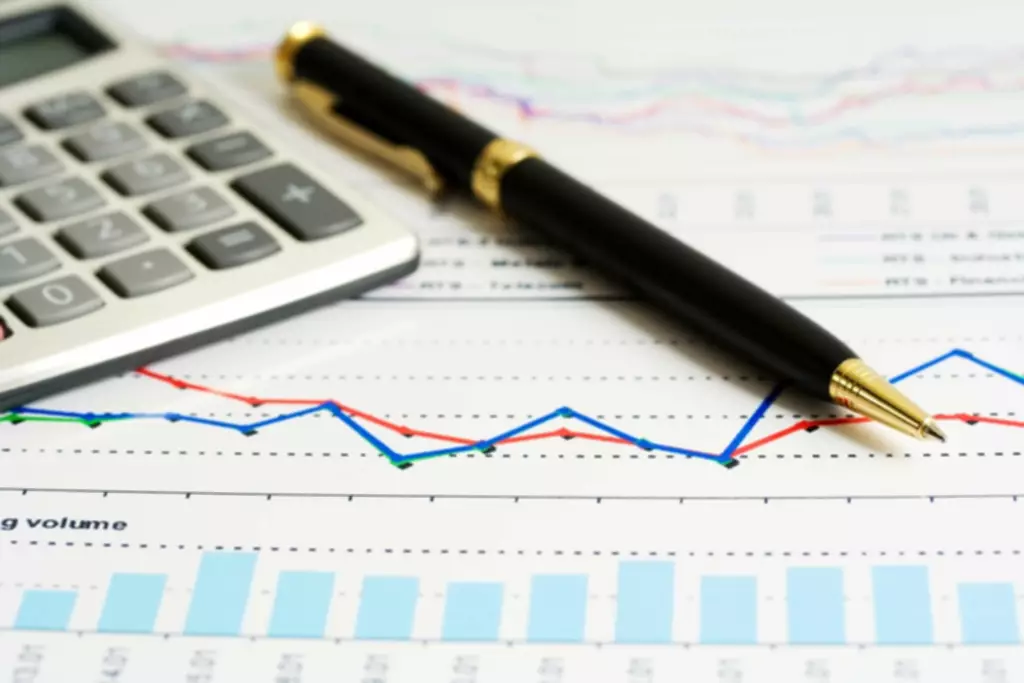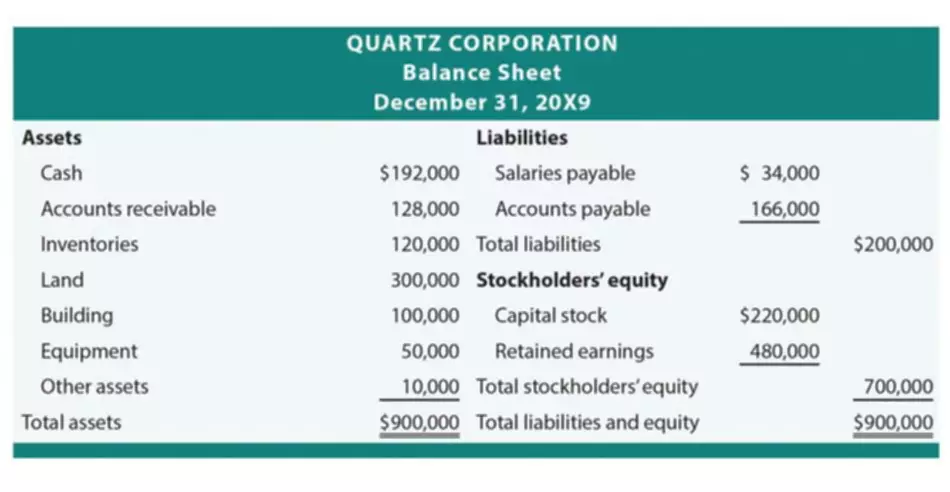Content

For instance, the replacement cost to build your home from scratch will be listed on a homeowner’s insurance, not the amount you originally paid for it. Mark-to-market accounting is further applied in securities trading, where the value or price of a portfolio, security, or account is synchronized with the current market value rather than what’s recorded in the book.
- The question is, Will financial assets now classified as available for sale be moved to the trading category or the held-to-maturity category?
- That makes it essential to know the property taxes by state next time you plan…
- The distortion arises because liquidity has dried up so much that there are few sales and the sales that do occur are made at distressed prices by companies that must sell.
The distortion arises because liquidity has dried up so much that there are few sales and the sales that do occur are made at distressed prices by companies that must sell. Other companies that hold the same or similar assets must then value those assets based on the distressed sale prices, even though they may have no intention of selling the assets in the near future. Under this scenario, it is argued, current market values do not reflect true economic values. Mark to market is an accounting method that values an asset, portfolio or account what is mark to market accounting at its current market price instead of an assumed book value. An asset’s mark to market value reveals how much a company gets if it sells it at that point in time. A trader in securities or commodities may elect under section 475 to use the mark-to-market method to account for securities or commodities held in connection with a trading business. Under this method of accounting, any security or commodity held at the end of the tax year is treated as sold (and re-acquired) at its fair market value on the last business day of that year.
Practical Mark-to-Market Accounting Example
The values of Treasury notes are published in the financial press every business day. At the end of each fiscal year, a company must report how much each asset is worth in its financial statements. It’s easy for accountants to estimate the market value if traders buy and sell that type of asset often. The mark to market method can also be used in financial markets in order to show the current and fair market value of investments such as futures and mutual funds. It is used primarily to value financial assets and liabilities, which fluctuate in value.
- As a result, in April 2009 FASB quickly proposed and adopted a new rule, which detailed criteria for determining when a market is illiquid enough to qualify for mark-to-model valuation.
- The rule said that only the credit-loss portion of such impairments would affect a bank’s income and regulatory capital, with the rest going into the special account for other comprehensive income.
- It is difficult to identify which assets belong in this category, and the respective rules for the treatment of securities and loans in the category are different.
- In its rush to meet this request, the IASB put aside its normal due process and issued a final amendment to its accounting standard without any prior notice or public consultation.
- To help investors understand how it arrived at values for assets marked to model, a bank should disclose a supplemental schedule listing Level 3 assets and summarizing their key characteristics.
Loans and debt securities that are held for investment or to maturity are recorded at amortized cost, unless they are deemed to be impaired . However, if they are available for sale or held for sale, they are required to be recorded at fair value or the lower of cost or fair value, respectively. William Isaac, former Chairman of the FDIC, for example, has charged that the mark-to-market rule forces firms to value their assets at “unrealistic, fire-sale prices.” In fact, he claims that this rule is the primary cause of the crisis.
Provides a More Realistic View of Company’s Financial Status
Mark-to-market accounting also refers to a special election that day traders are allowed to select when they file their taxes with the IRS. Normally securities, like stocks, are not factored into a tax filing if the trader has an open position with these securities—that is, they have not sold them by the end of the taxable year. The privilege of electing mark-to-market accounting means these day traders can put down the fair market value of a given security when they file their taxes, whether that results in a capital gain or a capital loss. Mark to market accounting is also useful for investment firms that manage client accounts made up of publicly traded securities like stocks, bonds, ETFs, and mutual funds. Using historical cost accounting for these types of assets with endlessly fluctuating values would not be useful for anyone involved. Therefore, the amount of funds available is more than the value of cash .
The contract includes 10 barrels of oil, at $100 per barrel, with a maturity of 6 months. The trader in the long position collects $50 ($5 per barrel) from the trader in the short position.
Mark-to-Market Accounting Cons
They were the recipient of the North American Studies Book Prize , and they have previous experience as an economics research assistant. They have also worked as a writer and editor for various companies, and have published cultural studies work in an academic journal. As a fact checker for The Balance, Julian is able to utilize their experience as an editor and economics research assistant.

In securities trading, mark to market involves recording the price or value of a security, portfolio, or account to reflect the current market value rather than book value. Mark to market is an accounting practice that involves adjusting the value of an asset to reflect its value as determined by current market conditions. The market value is determined https://www.bookstime.com/ based on what a company would get for the asset if it was sold at that point in time. In trading and investing, certain securities, such as futures and mutual funds, are also marked to market to show the current market value of these investments. ● Mark to Market accounting and valuation could create a problem where one does not and never will exist.
